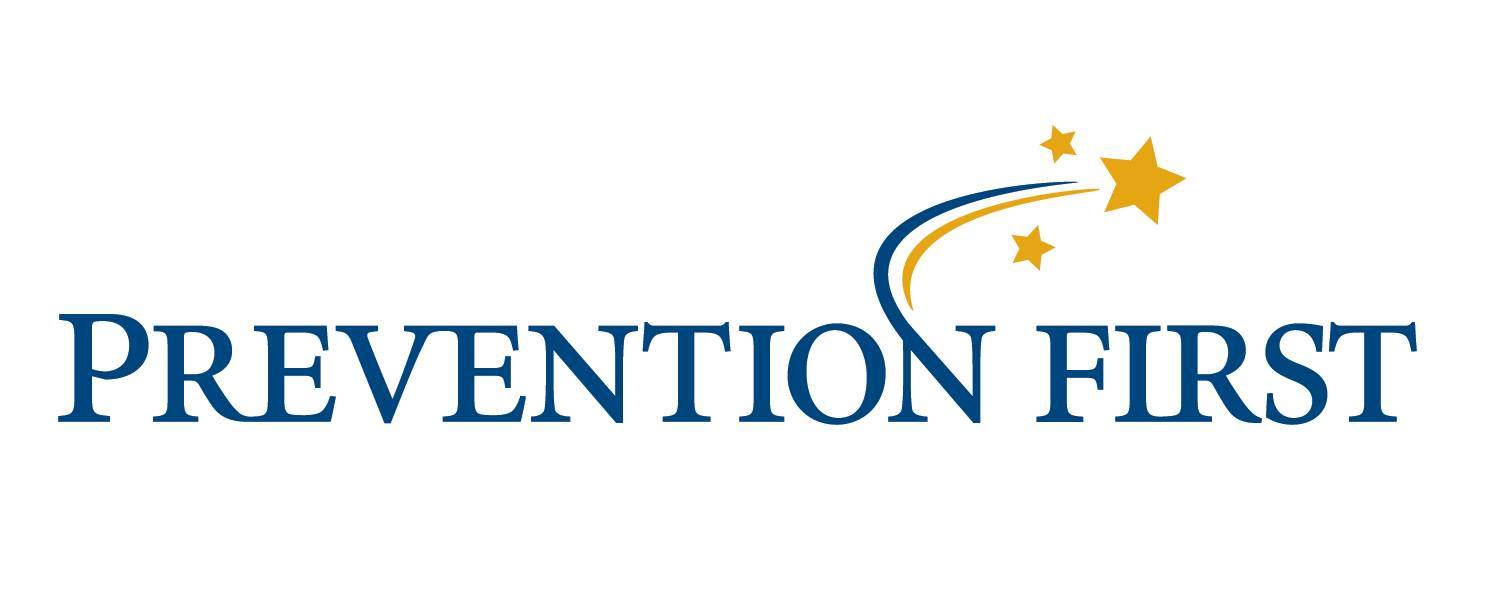
We are saddened and outraged by the murders of George Floyd, Breonna Taylor, and Ahmaud Arbery and extend our deepest sympathies to their families, friends, and communities. The circumstances and aftermath surrounding their deaths and the deaths of others in the Black community are a huge wakeup call for some. For others, there has been acknowledgment and awareness for years that it is time for ALL to take action and join in the hard work of creating necessary, long-overdue change to end systemic racism and facilitate healing in our communities and across our nation.
For 40 years, Prevention First has been committed to helping communities promote health and well-being and prevent substance misuse through training, support, and public awareness. Throughout our history, we have recognized the unique challenges steeped in racism faced by Black and brown communities in their efforts to achieve health and well-being and prevent substance misuse to the same extent of affluent, white communities. We recognize that we can and must do better in serving communities of color.
In the last year, Prevention First updated its strategic plan that includes three long-range goals. One of these goals is to create an organizational culture that supports innovation, inclusion, and diversity. We have already begun the work toward this goal by engaging staff at all levels of the organization in developing definitions for inclusion and diversity that guide the development of programs and practices that will ensure we work to serve all communities. We are committed to uncovering our unconscious biases so that we are aware of how and why we make the choices we do, which will help us rectify underlying issues that might lead us to be less inclusive than is acceptable. We have worked to recruit board members that reflect the diverse populations we serve throughout the state. We are designing a program and strategy by which we actively train, recruit and hire a cadre of diverse staff and consultants that ensure we have the voices and experience of communities of color to inform our work toward our mission.
As we work to make the internal changes needed, we must be stronger, more vocal allies – to stand up and speak out for the changes necessary – programs, policies, practices – to end racism and promote health and healing. We look forward to working in partnership with our funders, the community-based organizations, and schools we serve toward that end.